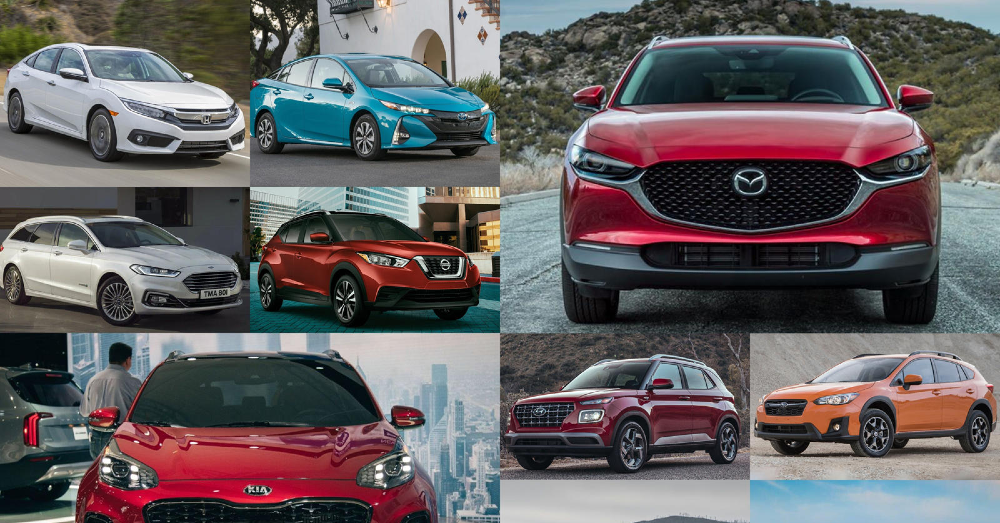Car dealers around the country have been focused for some time on the strategy of driving as much website traffic to their vehicle details pages as possible. The numbers show that consumers who visit inventory pages are more likely to buy a car. Those numbers are not in question.
What is being questioned more and more by analytics and marketing companies in the automotive industry is whether or not it’s a function of causality or correlation. Dataium CEO Eric Brown recently asked that very question and offered an answer in a post on Digital Dealer. His company, which specializes in collecting and analyzing traffic on various automotive websites, has come to the conclusion that it’s correlation. In other words, people who visit VDPs are certainly more likely to buy a car, but it’s not necessarily the act of visiting the page that caused the purchase.
He illustrates the idea with analogies:
Correlation: Basketball players are taller on average than the general population.
Causation: Playing basketball makes you taller.
Correlation: Toyota Camry’s have more VDP views than 911 GT3.
Causation: More VDP views mean more sales.
Dealership Intelligence firm String Automotive also came to the same basic conclusion based upon their exploration of the data. Their focus is on the “highest-value visitors,” a concept that has been buzzing around at Google and many of the companies that market through the search engine.
Their experimentation and analysis yielded similar results to Dataium’s according to Director of Analytics and Search Matt Kolodziej:
We put VDPs to the test against highest-value visitors to see which correlated to sales more accurately. We took over 1.8 million data points across dealer websites encompassing different markets, inventories, pricing strategies, website vendors, and PPC providers. VDPs came in at a respectable 0.565 (for reference, 1 is a perfect correlation.) Highest-value visitors scored a 0.698 – a 24% improvement. And when it came to being a predictor of sales, tracking highest-value visitors is 52% more accurate. And we’re working on an even more comprehensive test to see if that gap widens further.
When looking at the information this way, it becomes quite clear what is happening. Now, the question becomes why. If you were to survey car shoppers about whether or not they would rather go straight into inventory, most would say yes. If their intentions do not match the data, what could be causing the discrepancy?
Marketing Agency Dealer Authority’s President JD Rucker believes the answer is in the messaging:
Keep two things in mind. First, your customers are not internet-illiterate. Just about any American who is qualified to buy a vehicle is capable of finding your inventory from any page on your website. Second, taking people straight to VDPs eliminates the opportunity to make an impression with them beyond the inventory itself. Online in general and on your website in particular, you have the ability to start the sales process in their minds by giving them reasons to want to do business with you through proper messaging.
As car shoppers expand the sophistication with which the research and purchase vehicles, dealers must adapt their strategies to align with the latest trends. This is an example of a shift that needs to happen in the industry.
This post may contain affiliate links. Meaning a commission is given should you decide to make a purchase through these links, at no cost to you. All products shown are researched and tested to give an accurate review for you.





